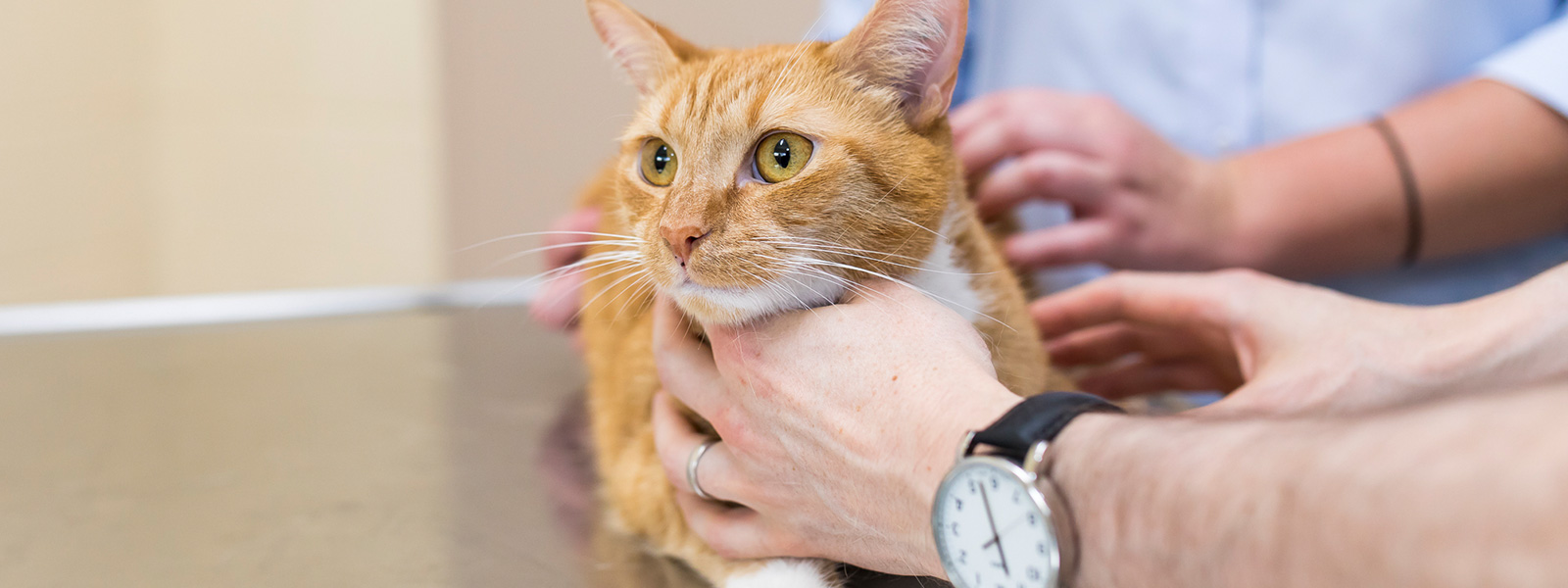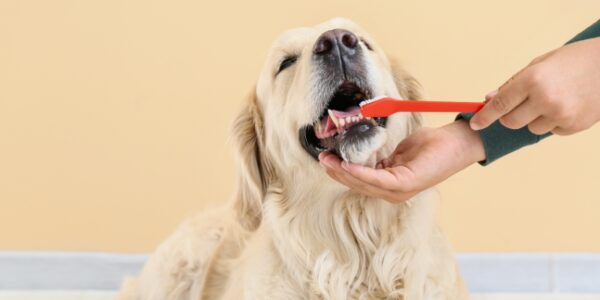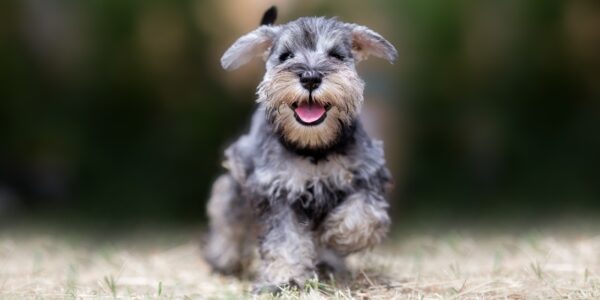Weight problems are incredibly common amongst Australian pets and affects around 40% of dogs and 30% of cats. Overfeeding, too many snacks, and a lack of exercise are some of the obvious causes of weight problems but they can also be tied to chronic health conditions such as hypothyroidism.
Whilst having a chubby cat or dog might look cute, it can lead to a whole host of health conditions as well as lessen their quality of life and reduce their lifespan. Some of the most common health issues associated with your pet being obese or overweight include:
- Diabetes
- Osteoarthritis
- Spinal problems
- Cruciate injuries
- Higher anesthetic risk
- Exercise intolerance
- Heat intolerance
- Skin problems
If you suspect your pet may be overweight, get in touch with our clinic to make a consultation time. We are dedicated to improving our patients’ quality of life and can help you develop a weight management regime based on your pet’s health and your lifestyle.
Tips for weight loss in dogs
- Make the energy input less than the output
Feeding your pet fewer calories is the most obvious way to help them burn off excess calories and normalise their weight. Your pet probably won’t like this change and may try to con you into giving them more food but provided your vet has approved the adjusted food portions for your dog’s size, it’s a matter of just being firm. - Replace kibble and tinned food with vegetables
Vegetables are an easy way to reduce your dog’s calorie intake without reducing the bulk of their diet and making them feel hungry. Try replacing between a quarter and a third of your dog’s regular food with vegetables. - Get rid of carbs
Make sure you buy your dog food which is low in fat and carbs and high in protein and fibre. If you make your dog’s food at home, replace carbs with veggies. - Stop giving your pet human food
A slice of cheese for us is more like a block of cheese for your dog. If you want to give your pet a treat, aim for something high in animal protein like plain chicken breast. - Try meal replacements
A tasty raw bone is a great way to promote dental health and tackle boredom, but they should be given instead of, rather than in addition to meals.
Tips for weight loss in cats
- Feed them less
As with dogs, reducing your cat’s calorie intake (in consultation with your vet) is a simple, straightforward way to promote weight loss. - Curb grazing
Grazing (eating small amounts of food throughout the day) is a common dietary behavior amongst cats and many owners facilitate this habit by topping up the bowl every time it gets low. But if your cat tends to overeat, it can lead to weight management issues. The best way to prevent overeating is by measuring out the correct amount of kibble your cat can eat over the course of the day and not constantly topping up the bowl. - Drop the carbs
Cats are carnivores and don’t need a high percentage of carbs in their diet. In fact, diets high in carbs are not only a cause of weight problems in cats but can also contribute to diabetes. If you are concerned about your cat’s weight, make sure you are feeding it food which is low in fat and carbs and high in protein and fiber. - Don’t feed your cat human food
Cats aren’t designed to eat human food and giving them even a small piece of processed food is the equivalent of feeding them a fast food meal. If you want to give your cat a treat, try investing in some high protein treats designed especially for your feline friend




